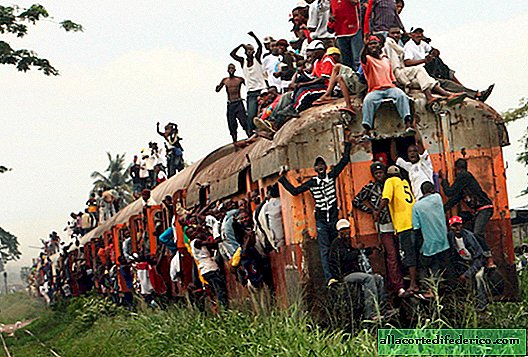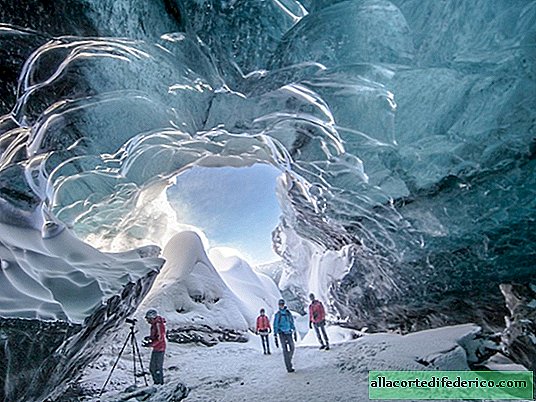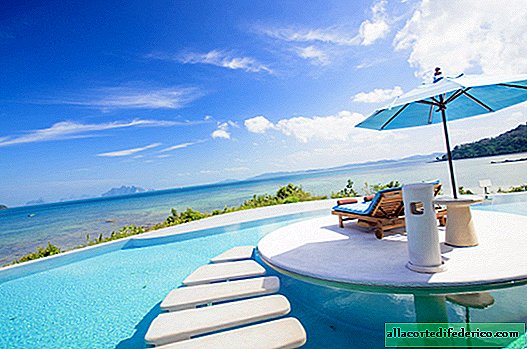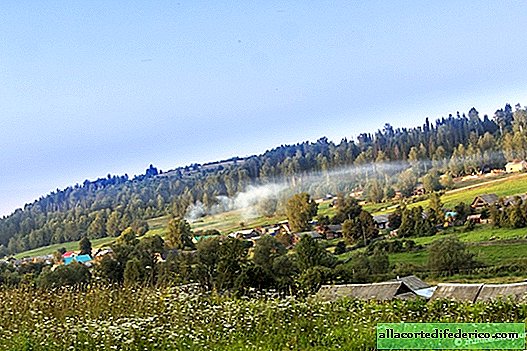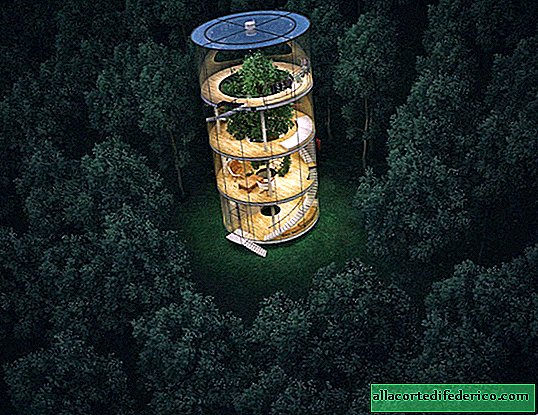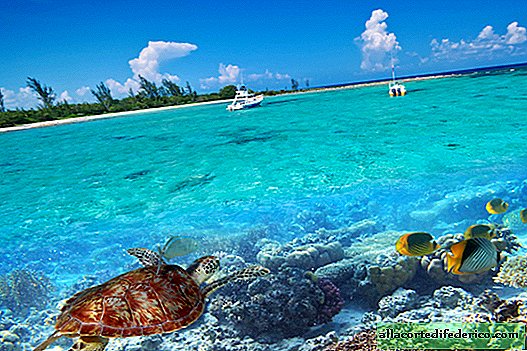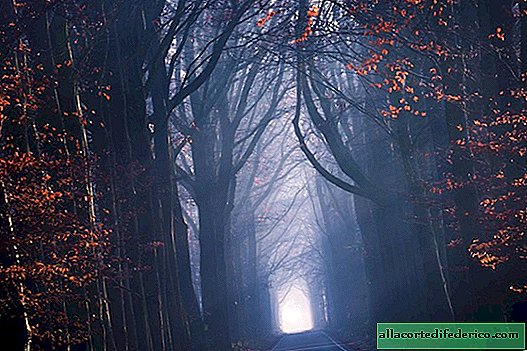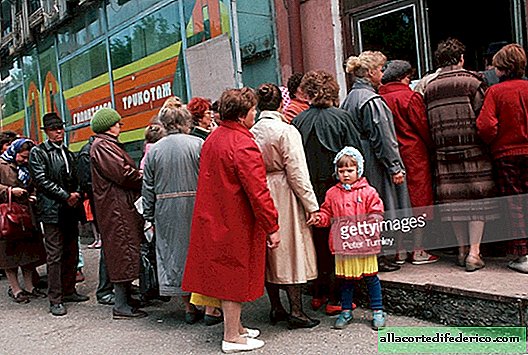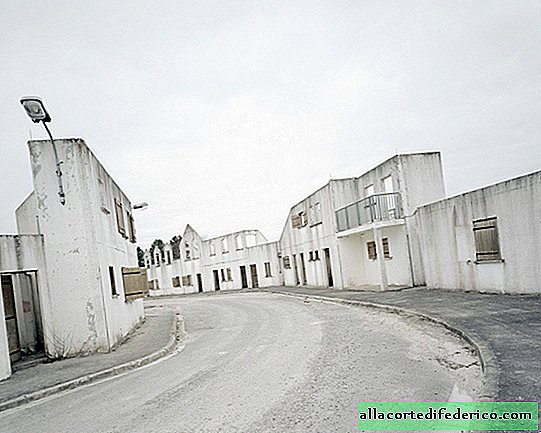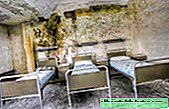How do the best cognacs in the world
Do you know that Cognac is a village?
True, very rich and famous throughout the world.
And all thanks to the favorite drink of gourmets and aesthetes, named after her and which is a symbol of elegance, taste and success.
Cognac. A noble cocktail of color, aroma and taste that has been created over many years in moist cellars among darkened barrels from time to time ... Some drinks go an incredibly long way before splashing into a glass goblet and presenting its unique aroma to a true connoisseur. But after taking a sip of cognac, many do not even think that the person who once poured alcohol for him in a young barrel is most likely already long ago dead ...
The cognac production process is very long, painstaking and time-consuming. And all in order to create one of the most noble drinks in the world.
So, how are the best French cognacs made in the world?
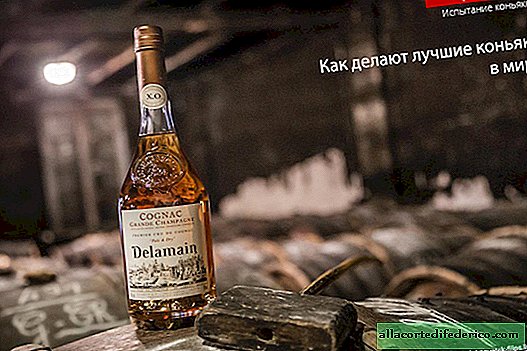
First, let's define the terms.
What is the Cognac region, so zealously protecting the right to use its name, and with what to eat it?
Cognac has 6 subregions (appellations), the boundaries of which are strictly defined. Cognac spirits of each subregion have their own distinctive features. For example, brandy made from grapes harvested at the Grand Champagne has a light, delicate aroma with dominant floral tones, and vineyards grow on Borderi soils rich in clay and silicon, giving beautiful round and soft cognacs with pronounced notes of violets. Using these features when mixing allows cognac masters to achieve certain properties of the final product. So that the drink could be called Cognac (Cognac), it must be made from grape spirits grown only in these subregions.
Subregions are called:
- Grande Champagne (Grand Champagne) or Grand Fine Champagne (Grand Fin Champagne)
- Petite Champagne (Petit Champagne) or Fine Petite Champagne (Fin Petit Champagne)
- Borderies (Borderies)
- Fins Bois (Feng Bois)
- Bons Bois (Bon Bois)
- Bois ordinaires (Bois Ordiner)
The Grande Champagne, Petite Champagne and Borderies subregions are considered the best, but this does not mean that the alcohols made from grapes from the remaining subregions are significantly inferior in quality. By the way, most of the famous brands of cognac contains cognac spirits of several subregions at once.
Yes, let Champagne not bother you, in this case it has nothing to do with the Champagne region. The word "champagne" itself comes from the Latin campania and means "plain", "agricultural area" and "calcareous soil". So there appeared similar in name, but completely different regions for the product born there - this name is equally applied to the Champagne region (where they make champagne) and the Grand Champagne region (where they make cognac).
For the production of brandy, not every wine is suitable. The best results are obtained by distilling a wine made from grapes containing a minimum amount of sugar, collected a little earlier than for wine. The main grape variety used to make brandy is called Ugni Blanc. 98% of the region’s vineyards grow this particular variety. The allowed varieties also include Colombard and Folle Blanche. Of the new varieties, they are experimenting with Folignan (a hybrid of Uni Blanc and Foul Blanche). Uni Blanc has been growing on stock from American vines since the end of the 19th century, when phylloxera killed almost all the vineyards in the region and throughout France.
The American vine is resistant to phylloxera, and Uni Blanc is better than others taking root on the American rootstock.
In Italy, the Uni Blanc variety is called Trebbiano, and there they make white wine from this variety.
The vine is planted at intervals of 3 meters to maximize its openness to the sun. Harvest once a year - in early October. Some owners of vineyards produce grapes manually, but most use a machine to maximize the speed of the process. Harvested grapes are immediately pressed in traditional flat horizontal presses. The resulting juice is left to ferment, without adding sugar. The initial process is absolutely identical to the white wine production process.

But then they start turning white wine into cognac. But first, moonshine is made from it.
After three weeks, the already young dry wine Blanc de Blanc (about 8% alcohol) is sent for distillation (according to the Charente method, which has reached us unchanged), where it goes through two stages of boiling, resulting in cognac alcohol.
The double distillation process is very complex. At the first stage, unfiltered white wine is brought to a boil, alcohol vapors rise up into the distillation hood, pass through the pipe and condense in the cooling system.

So get the raw alcohol (in French - brouillis). Its strength is usually 27-32%.

Next, the resulting liquid is subjected to a second distillation in a secondary distillation boiler. Moreover, the capacity of this boiler cannot exceed 30 hectoliters.

At the second stage, crude high-quality cognac alcohol (FR. Bonne chauffe) is obtained from raw alcohol. It is here, at the second stage of distillation, that the experience and skill of the “master of distillation”, which bears the responsibility for the correct selection of the first, second and third fractions of the distillate, is fully revealed. It is the second fraction with a strength of 68-72% alcohol that is used for further aging in oak barrels and becomes cognac

At this stage, the work of a distillation specialist is extremely important, because in the process of the second distillation it is necessary to be able to cut off the middle fraction - the so-called "heart" - from the primary and tertiary fractions, called the "head" and "tail".

It is interesting that all large cognac houses use not only their own spirits obtained in their distilleries, but also the spirits of many small alcohol producers. As a rule, these are small farms on which there is a closed cycle for the production of alcohol: own vineyard, fermentation equipment, distillation cubes. Cognac houses cooperate with them on a long-term basis, constantly monitoring the quality of the supplied spirits.
Many private distilleries use old vintage equipment that is decades old. This does not affect the quality of alcohol in any way, and most importantly, the hand of a distillation master is here.

By the way, several types of secondary distillation are usually used. According to the first, the wine is distilled in tandem with tail fractions, which ensures a more complete bouquet of cognac. The second method is based on the distillation of alcohol in a mixture with head and tail fractions. Legislation distillation of alcohol ends March 31, and from this moment aging begins cognac. He is sent to cognac houses.

Even a dog is interested that we take so much time and take pictures in the closet, where his master is constantly cooking something.
Eh, dog ... You don’t know that cognac starts from here.

The cognac aging reference point is April 1 of each year. Alcohol spilled in oak barrels of different capacities is left for several years.
The future brandy is stored in special cellars, where a constant air temperature and its humidity are maintained.
Very often cognac cellars are located on the banks of the Charente River, as there is high humidity, which is so important for proper aging of the drink. Natural dampness, where barrels are stored, is one of the determining factors in the aging process.

Cognac alcohol is aged in oak barrels, usually 350-liter at a constant temperature of 15 ° C, where it can ripen from 2 to 50 years. During this time, cognac alcohol loses part of its strength, and oak gives the drink an amber color and pleasant shades of taste. The substances drawn by cognac from oak are called dry extracts. The transition of the natural qualities of oak develops a bouquet of cognac, produces a special taste, known as rancio.
Extract of cognac spirits consists of three stages: extraction (penetration of wood components into alcohol), hydrolysis (changing properties and preparation for "digesting wood") and oxidation (the color becomes saturated, new notes of taste appear).
Cognac alcohol is aged in barrels made exclusively from oak, traditionally grown in the forests of Limousin (Limousin) and Tronçais (Tronze). Charente masters have long realized the unique quality of this tree. The Tronçais forest, located in the Allier region, supplies coopers (barrel makers) with a soft, fine-grained tree of ideal porosity, while the Limousin forest provides a medium-grained and durable tree.

The quality and strength of the drink directly depends on the aging time. In fact, the timing determines the elite of cognac.
For primary aging barrels are used no more than five years. At this stage, a significant part of cognac spirits will be selected, assembled and bottled, going to store shelves with VS and VSOP markings.
Only the best alcohols will remain in the cellars on exposure.
It is from them that cognacs of the highest categories will be made - XO, Napoleon, Richard, etc. (special categories differ from each manufacturer).

All the while cognac is in a barrel, absorbing all the best from oak, developing its most refined tastes, it constantly contacts with the air and gradually loses a small amount of cognac alcohol, which is called the “share of angels”. Experts say that every year 2-3% of alcohol escapes through the pores from each barrel.
Vapors of alcohols settle on the walls. Here they eat a special “drunk” mold, because of which the walls in cognac cellars are always black.

When the cognac, according to the expert, reaches the peak of aging, it is placed in an old barrel, where it "rests". Old barrels do not give anything away to the drink and practically do not change it.
If brandy, in the opinion of the “cellar master”, reaches a peak in its development, it is poured from barrels into glass bottles, the so-called “ladies” (French Dames-Jeanne), corked and placed in the most remote place in the cellar, where they can be stored for decades and even centuries without changes. This is a special place in the cellar, which is called Paradise (French Paradis).

The most important step in the production of cognac is the mixing of cognacs with various characteristics. A specially trained person is engaged in this; in the jargon of winemakers he is called the Bouquet Master. From how cognac is made, its taste, status and labeling depend. But, in any case, a good cognac can be found in thousands, because its aroma and tart strong taste will be remembered for a long time.

Based on several aged alcohols, assembly and reduction is done. Assembling - mixing alcohols (eau-de-vie), reduction - gradual, very careful dilution with water (since alcohol and water are very polar, mixing them quickly can cause injury to the resulting brandy, distorting its aroma and taste). Often reduced with spirit water, not plain water. Alcoholic water - febble (faibles) or low tide (petites eaux) - mixed alcohol and water, with a strength of about 15-20%.
Why is water added? So that the strength of the drink meets the established parameters.
Also, at the assembly stage, sugar and caramel can be added to the cognac. This is officially authorized. Although caramelization is not particularly welcome, it is a kind of cheap way to achieve a certain taste. They apply it, as a rule, to the most inexpensive brands of cognac - VS.
In the photo you can see how cognacs with different aging periods differ.
The lighter the drink, the younger it is ...

Brandy production at all stages is very strictly regulated and controlled. No experiments are allowed - even if brandy is not intended for sale.
Now about the notation. There are regulated traditional designations of the minimum aging time of cognac. They fall into the following main categories:
V.S. - exposure of at least two years.
V.S.O.P., Reserve - exposure for at least four years.
V.V.S.O.P., Grande Reserve - at least five years.
X.O, Napoleon - exposure for at least six years.
It should be borne in mind that for blends (mixtures of different alcohols) the youngest alcohol is always indicated.
Also interesting is the fact that various manufacturers under standard designations may mean significantly greater shutter speed than the minimum. For example, some small cognac houses X.O. is a thirty-year-old cognac, and, for example, V.S. - twelve years old.

About 20 thousand cognac houses are registered in the Cognac region. (So cognac is not only Courvoisier, Hennessy, Martell, Rémy Martin and Camus).
Now in the region there are approximately 5,000 manufacturers, but only 12 of them have a full cycle !!! The rest carry out a certain stage of production. Someone only distilled alcohol, and someone only aged, assembled and bottled cognac under their own brand.

How to drink cognac?
As a rule, they drink it as an aperitif or, conversely, as a digestif. Also, in recent years, cognac has been increasingly used in cocktails, and some manufacturers have brands specifically designed for cocktails.
The best accompaniment of cognac is coffee, cigar and chocolate. Various sweet foods (like apple charlotte) and fruits are also good snacks.
About the lemon. Do not ask the French about the lemon in relation to cognac! Lemon is the worst appetizer for cognac, completely killing its taste.
This fashion came from Nicholas II, who hated the taste of cognac, but was forced to drink it from etiquette. Then he was saved by a lemon, instantly neutralizing the taste of the drink. In Soviet times, the tradition of snacking on cognac with lemon, as well as storing the drink in the refrigerator, was spread everywhere and is sometimes found even in our time ...
So drink the right cognac from the right glasses in the shape of a tulip and with the right accompaniment ...



